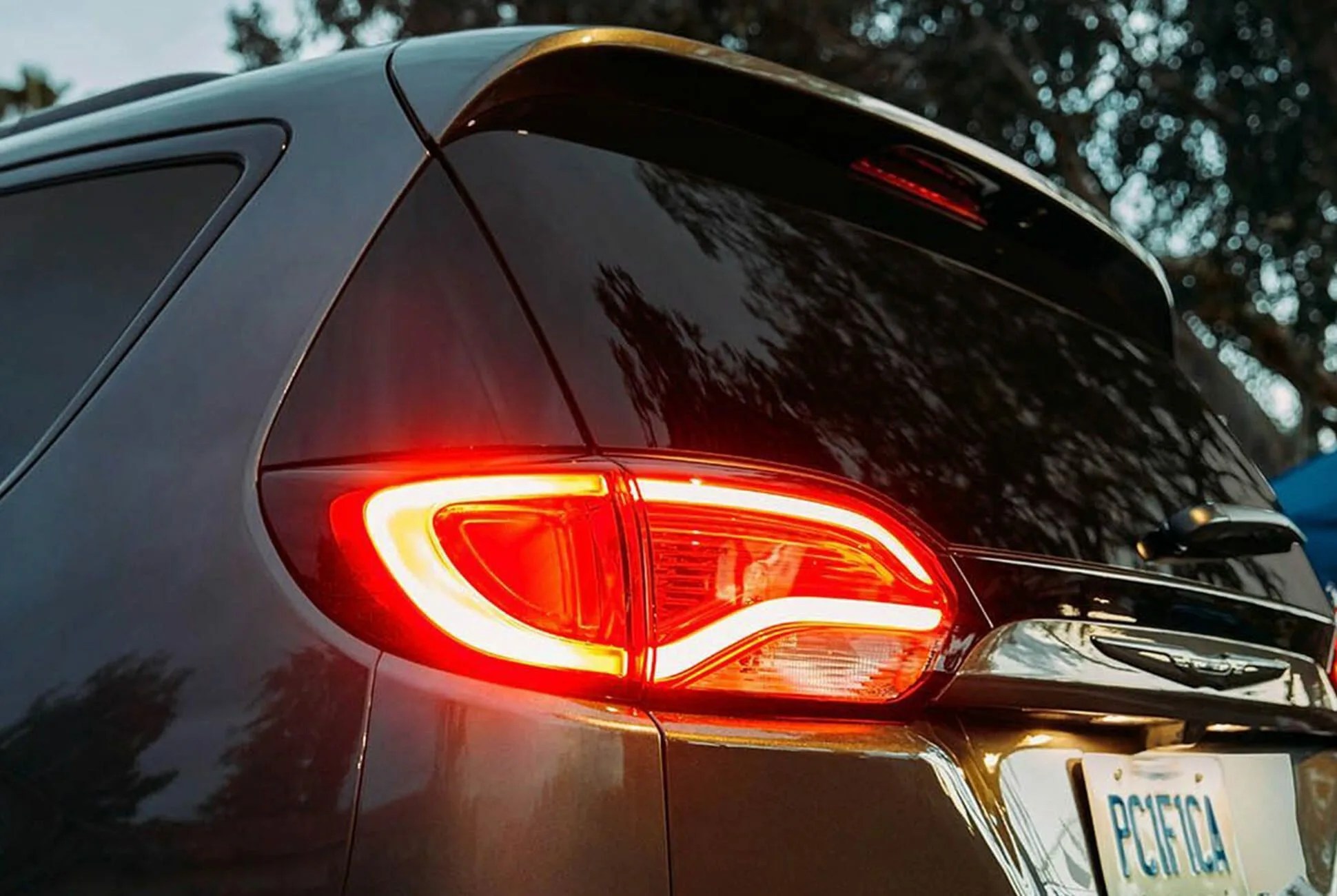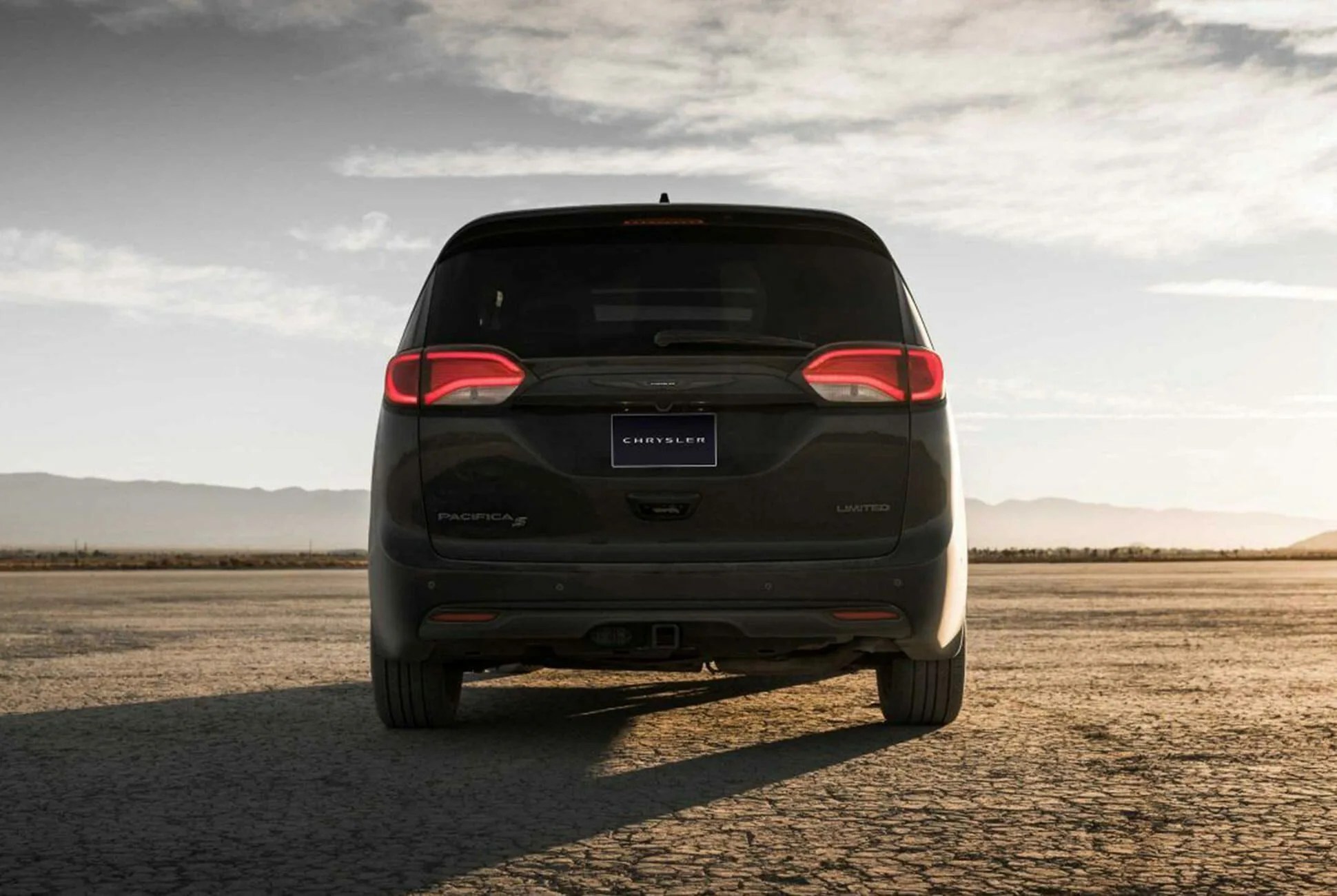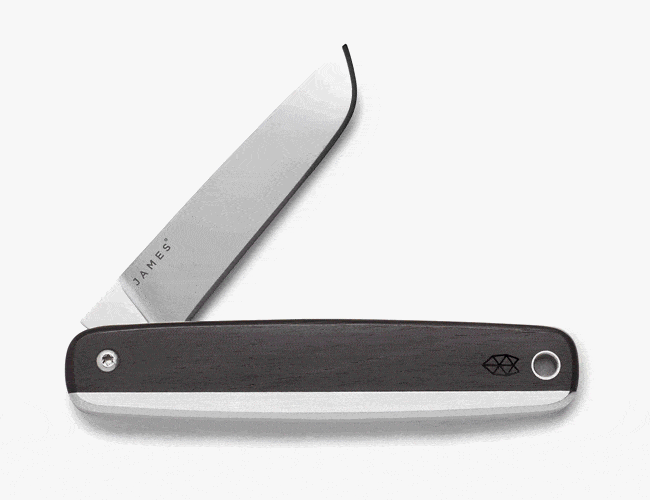7 photos
Ford redesigned the Explorer for the 2020 model year. For the sixth-generation model, Ford adjusted the Explorer to be an edgier, sexier kid-hauler that parents would want to buy. The crossover received sharper lines, a souped-up ST performance trim, and a new rear-wheel-drive-based chassis. The revamp appeared to work at first. Gear Patrol gave the new Explorer a glowing review.
Then Ford stumbled on the product launch. A Detroit Free Press investigation revealed myriad problems with the new Explorer, ranging from missing badges to defects in the chassis. Ford had to yank some Explorers off the line and send them from Chicago to Detroit for fixing. Delays in getting units to dealerships were substantial.
Ford is, no doubt, already resolving those initial hiccups. But reading about poor quality control never inspires confidence, especially when it’s your family car. So if you’re looking for an alternative that captures the Explorer’s family-hauling essence and provides some savings, check out the Chrysler Pacifica.
Performance
The Explorer and Pacifica are broadly similar. Both cars put out about 300 horsepower (ignoring the peppier Explorer ST). The Explorer does so more efficiently with a turbocharged 2.3-liter four-cylinder engine and a 10-speed automatic, but the Pacifica, which uses Fiat Chrysler’s oft-employed 3.6-liter V6 and a nine-speed automatic, won’t sound like it’s working as hard as the turbo four. Both earn praise for handling like smaller cars, and both offer a hybrid variant.
The Explorer is rear-wheel-drive, with an option for all-wheel-drive; the Pacifica is strictly front-wheel-drive. The Ford is more capable off-road, obviously, and edges out the Pacifica on towing capacity — 5,300 lbs to 3,600. But most pavement-dwelling buyers won’t notice all that much difference in the day to day.








